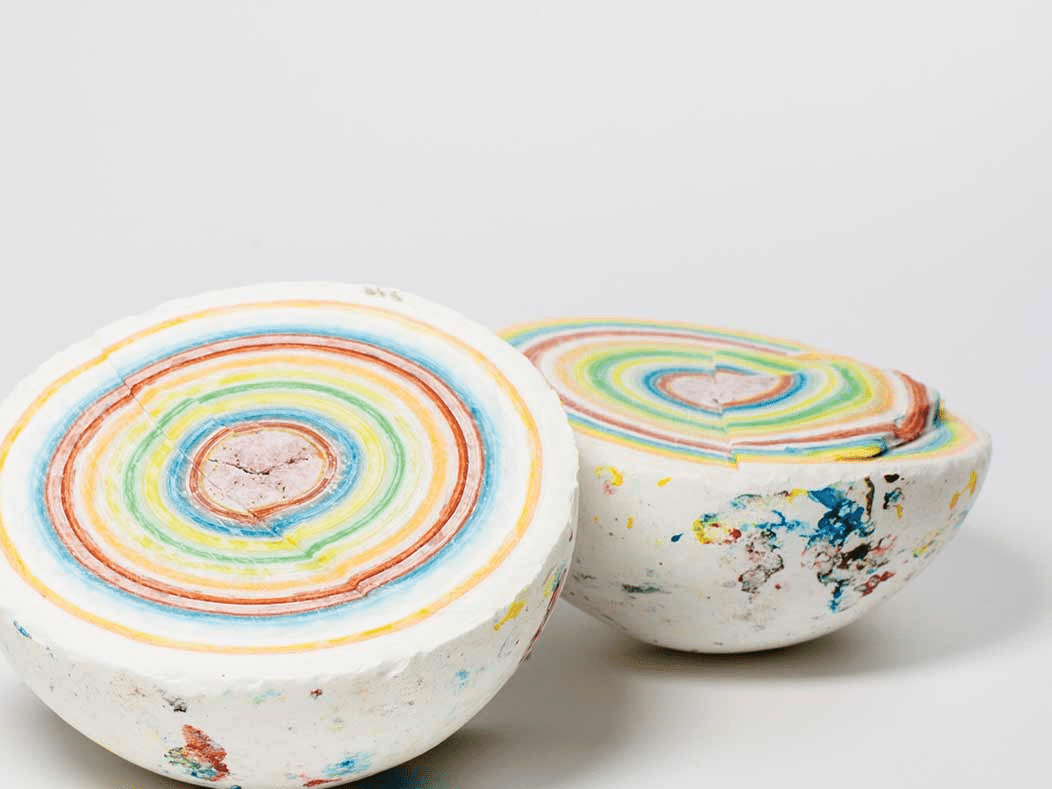15 May Female founders face VC funding cliff
Posted on May 15 2018 01:43h
by OurOffice Team

Source: Kia Kokalitcheva, Axios, May 15, 2018
It’s well known that startups founded by women struggle to raise venture capital, but even the rare exceptions struggle to keep pace with male peers. Since 2008, less than half of all-female founding teams have secured follow-on capital for their startups, compared more than half of all-male founding teams, according to PitchBook.
Why it matters: Follow-on fundraising difficulties contribute to an unvirtuous cycle, dissuading some early-stage investors from backing female founders.
Only 39% of all-female founder teams raise follow-on funding for their startups, compared to 52% for all-male teams. Moreover, follow-on rounds for all-female teams comprise just 1.57% of all VC rounds since 2008.
-
- A smaller percentage of all-female founder teams (30%) raise a second round of funding than do all-male teams (38.8%), according to data from PitchBook.
-
- Third rounds are an exception, with slightly higher rate of all-female teams raising a third round than all-male teams (45.7% vs. 43.3%).
- Last year, startups founded by all-female teams raised only 6% of all seed capital and just 3% of all VC dollars beyond that stage, according to Crunchbase.
Since 2012, mixed-gender founder teams have raised between 11% and 13% of seed capital (compared to less than half of that for all-female teams), according to Crunchbase.
But, but, but, BBG Ventures’ Susan Lyne, whose firm exclusively invests in teams with a least one female founders, tells Axios: “Of companies that went out to raise a series A, most have been successful—and often in less time than it took them to raise their seed rounds.”
-
- Female Founders Fund partner Anu Duggal adds that while seed investing is mostly about backing a team and an idea, subsequent stages become more about the business and its numbers. “In some ways the Series A has leveled the playing field,” she says.
- So it’s hard to generalize for all female founders, and securing well-respected investors can help with future signaling.




